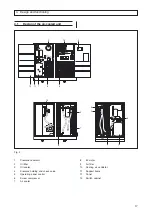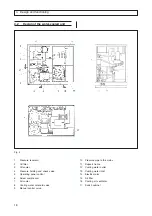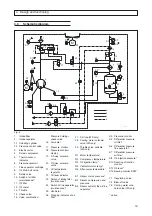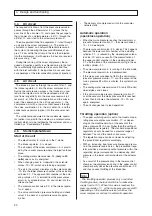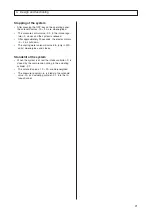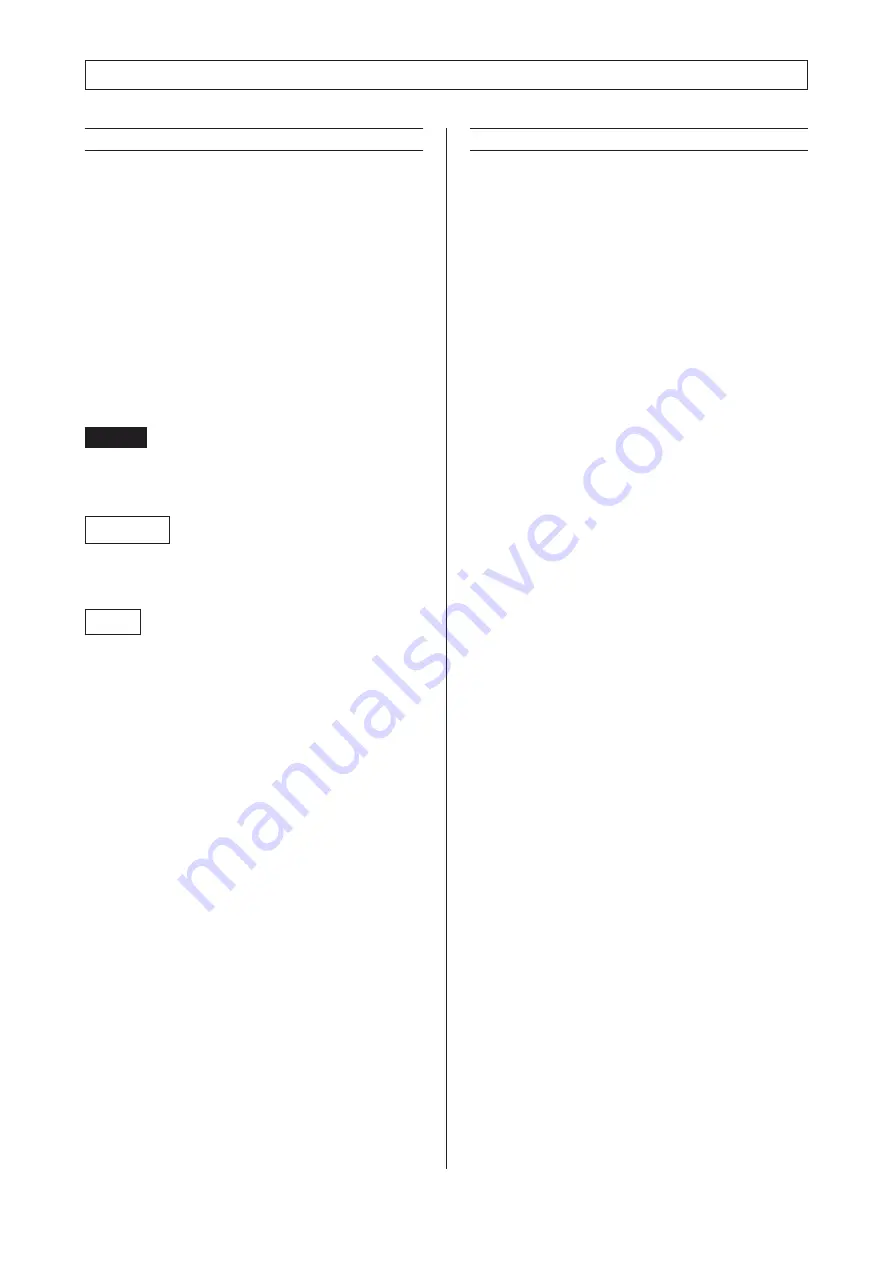
6
3.1
Identification of safety guidelines
Note
Passages marked with this sign provide technical
information on an optimal cost-effective use of the ma-
chine.
CompAir is not liable for any damage or injury result-
ing from the non-observance of these safety instruc-
tions or negligence of the usual care and attention
required during handling, operation, maintenance or
repair, even if this is not explicitly mentioned in these
operating instructions.
If any of the regulations contained in these instruc-
tions - especially with regard to safety - does not corre-
spond to the local legal provisions, the stricter of both
shall prevail.
These safety regulations are general and valid for
various types of machines and equipment. It is there-
fore possible that some references do not apply to the
unit(s) described in these instructions.
Important
Passages marked with this sign indicate a possi-
ble danger to machines or part of machines.
Danger
.
Passages marked with this sign indicate a possible
danger to persons.
3. Safety regulations
3.2
General safety instructions
Organizational measures
The operating instructions must always be at hand at
the place of operation of the machine/unit (in the tool
compartment or box provided for such a purpose) !
In addition to the operating instructions, all other ge-
nerally applicable legal and other mandatory regulati-
ons relevant to accident prevention and environmental
protection must be adhered to and passed on to others
! These compulsory regulations may also deal with the
handling of hazardous materials or the issuing/wearing
of personal protective equipment, or traffic regulations.
Instructions, including supervisory responsibility and
duty of notification for taking into account in-plant fac-
tors, for example regarding work organization, se-
quences of operations, personnel assigned to certain
tasks, are to be added to the operating manual.
The personnel entrusted with working on the machine
must have read the operating instructions and in partic-
ular the chapter on safety regulations before starting
work. Reading the instructions after work has begun is
too late. This applies especially to persons working
only occasionally on the machine, e.g. for setting up or
maintenance.
Check on a regular basis that the personnel are carry-
ing out the work in compliance with the operating in-
structions and that they are paying attention to the safe-
ty requirements !
For safety reasons, long hair must be tied back or
otherwise secured, garments must be close-fitting and
no jewellery - such as rings - may be worn. Injury may
result from being caught up in the machinery or from
rings catching on moving parts ! As necessary or as
required by regulations, personal protective equipment
should be used.
Observe all safety and warning notices attached to
the machine/unit !
See to it that safety instructions and warnings at-
tached to the machine are always complete and per-
fectly legible.
In the case of safety-relevant changes to the machine/
unit or its operating behaviour, stop the machine/unit
immediately and report the fault to the responsible
department/person !
Spare parts have to comply with the technical require-
ments specified by the manufacturer. This can always
be ensured by using original spare parts.
Hydraulic hoses have to be changed within stipulated
and periodic intervals, even if no safety-relevant faults
have been detected !
Adhere to prescribed intervals or those specified in
the operating instructions for routine checks and in-
spections !
For the execution of maintenance work, tools and
workshop equipment adapted to the task on hand are
absolutely indispensable.
The personnel must be made familiar with the locati-
on and operation instructions of fire extinguishers ! Ob-
serve all fire-warning and fire-fighting procedures !

















